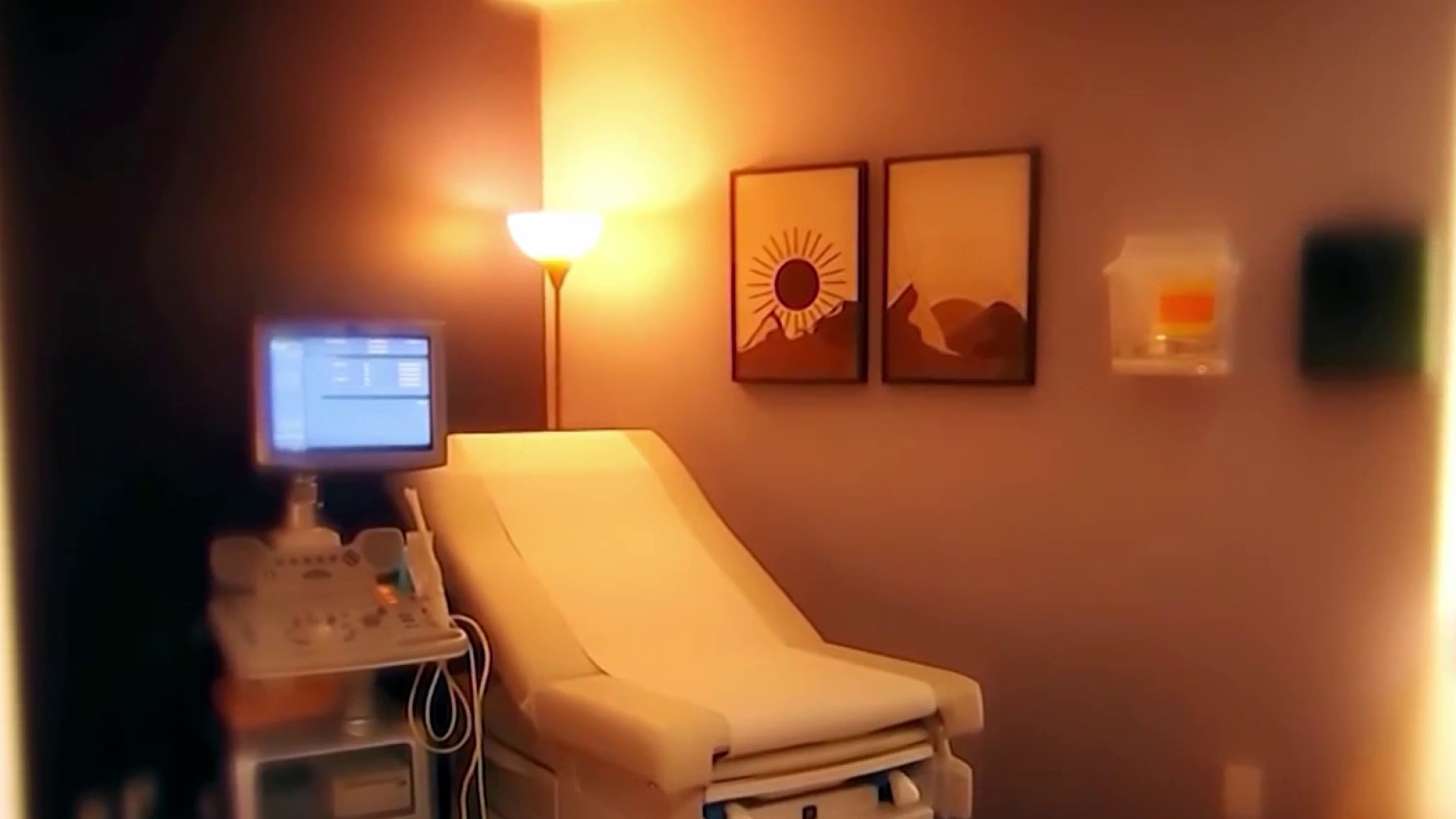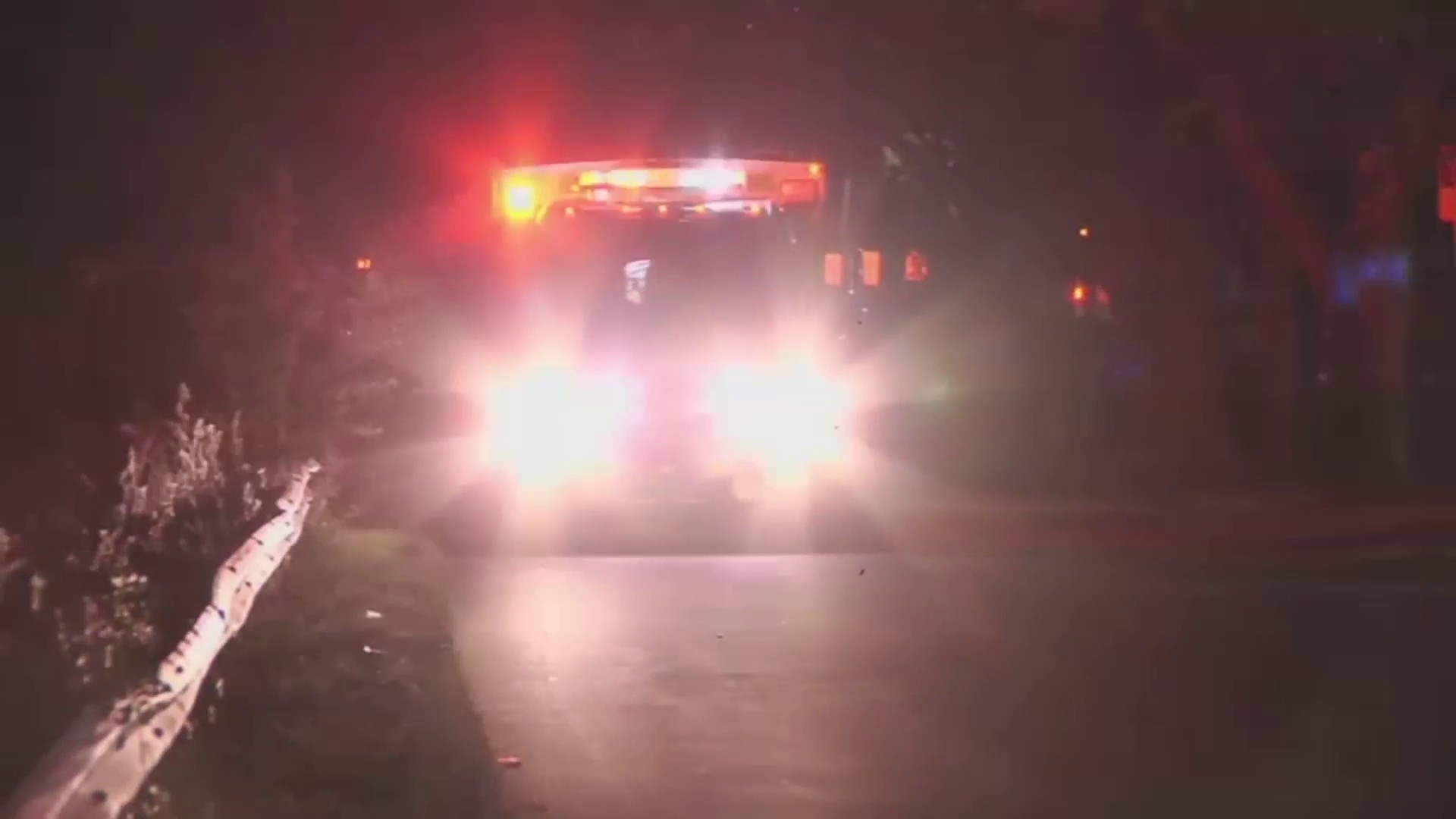What to Know
- Thursday marks the 40th anniversary of the "Dadeland Mall Massacre," a daytime shootout that took place at the mall's Crown Liquors shop
- It was around 2:30 in the afternoon on July 11, 1979, when well-armed hitmen entered the liquor store and opened fire
A hail of gunfire in broad daylight at a busy Miami shopping center ended the lives of two men and marked one of the first public shootouts in the infamous "Cocaine Cowboys" drug wars four decades ago.
Thursday marks the 40th anniversary of what's been dubbed the "Dadeland Mall Massacre," a daytime shootout that took place at the mall's Crown Liquors shop and was one of the boldest acts of violence during the fight to supply South Florida with cocaine.
It was around 2:30 in the afternoon on July 11, 1979, when well-armed hitmen entered the store and opened fire on German Jimenez Panesso and his bodyguard, Juan Carlos Hernandez. Panesso at the time was a major figure in the Colombian drug trafficking trade.
Dozens of rounds had been fired throughout the mall parking lot, riddling cars with bullets. When the smoke cleared from what police and witnesses described as a wild-west style shootout, the drug dealer and his bodyguard were dead and two liquor store employees were wounded.
The gunmen fled the scene in a phony delivery van marked "Happy Time Complete Party Supply," which was abandoned in the far end of the mall parking lot. Police later described the van as a "war wagon" after an arsenal of firearms and bulletproof vests were discovered inside.
A police officer at the scene dubbed the parties involved the "Cocaine Cowboys."
Nelson Andreu, a former homicide detective with the City of Miami who investigated a series of murders involving the "Cocaine Cowboys" and is now chief of the West Miami Police Department, spoke with NBC 6 for the anniversary of the shooting.
"What was learned from the Dadeland shooting is that it's real," Andreu said. "These guys will go out there and if they want to hit or kill someone, doesn't matter where it happens, who else is around or the time of day that it happens, they're gonna get their target and everyone else better be careful and be aware of their surroundings."
The shooting was hardly the first in South Florida that was linked with the burgeoning drug trade. In fact, so many traffickers, dealers and their associates had been gunned down before the Dadeland shooting that the first seven months of 1979 were called the bloodiest in South Florida's history, at the time.
Andreu said police at the time were still carrying six-shot revolvers while the bad guys were carrying semi-automatic and sub-machine guns.
"It was complete chaos in those days here," he said. "Police department, we didn't have any of the advances in technology that we have now. It was just basically fingerprints, witness testimony. Surveillance cameras were very, very limited if any, usually of poor quality, no DNA, nothing like that."
Andreu and others believe Colombian drug boss Griselda Blanco, known as the Black Widow, was the mastermind of the Dadeland hit. Blanco was never prosecuted in the shooting but did prison time in the U.S. on drug charges before she was deported back to Colombia. She was shot to death in Medellín by a motorcycle-riding assassin in September 2012.
"They were ruthless, they didn't care where or who, they had to get a job done and they got it done," Andreu said.
The Dadeland shooting and other violent events led George H.W. Bush, who was vice president at the time, to form a federal task force in South Florida to fight crime related to the drug trade. For residents of South Florida, the Dadeland shootout marked the end of the drug wars being fought in the shadows.
"It was a rude awakening for both the law enforcement community in South Florida as well as the citizens of South Florida," Andreu said. "If you're at the mall, in this case Dadeland Mall, and bullets are flying, it's a very good possibility that you may be hit by one of those stray rounds. So the community became scared, the police department began to prepare."



